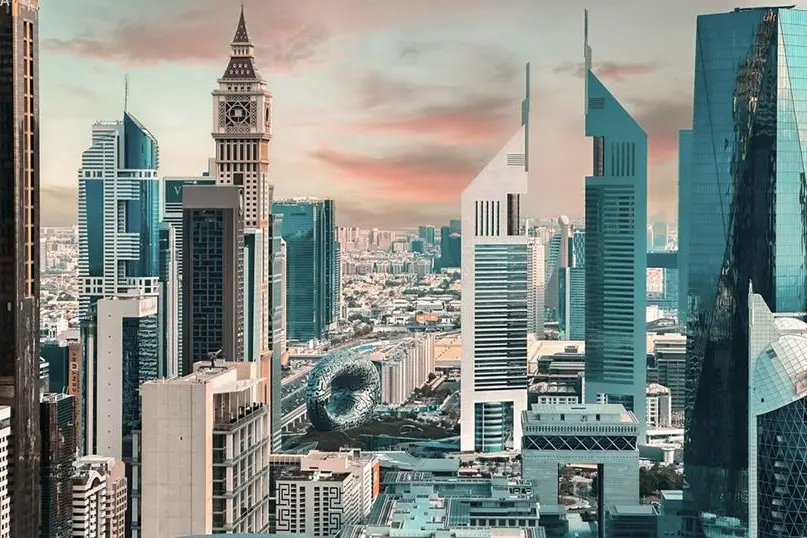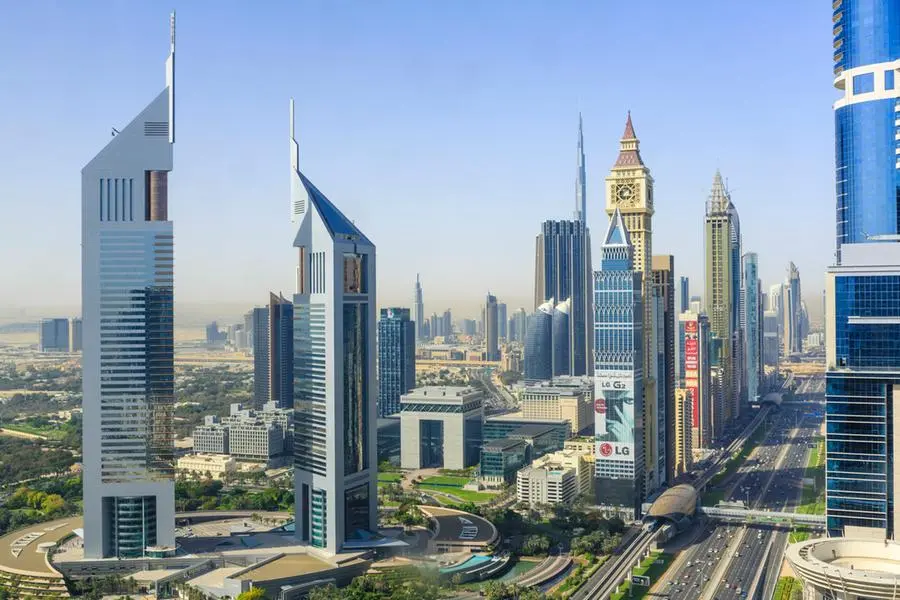The United Arab Emirates is heading into 2025 with confidence, momentum, and a bold economic transformation. The World Bank has upgraded the nation’s economic growth forecast to 4.6%, a clear recognition of its expanding non-oil economy and its resilient recovery strategy. With both ambition and action driving policy, the UAE is now showcasing how smart diversification can power national progress.
Non-Oil Sectors Leading the Way
Long considered a global oil leader, the UAE has now successfully turned attention toward sectors that promise sustained prosperity beyond hydrocarbons. From tourism and technology to trade and transport, non-oil industries are growing fast and pushing the UAE into a new era of balanced, sustainable development.
By investing in innovation, infrastructure, and human capital, the UAE is building an economic model that isn’t just resilient—it’s competitive on a global scale. Non-oil GDP is now the core engine behind this 4.6% projection, and it continues to strengthen with every policy move.

Manufacturing and Industry Gaining Steam
One of the most powerful transformations underway is in the industrial sector. The UAE’s drive to become a manufacturing hub is in full swing, with national initiatives pushing for the growth of local production capabilities. The emphasis is not only on scale but also on quality and high-tech output.
From pharmaceuticals and robotics to aerospace and 3D printing, the country is embracing Industry 4.0. Local manufacturing is no longer just an aspiration—it’s fast becoming a significant contributor to GDP and employment, and it’s only getting started.

A Tourism Renaissance
The tourism sector, boosted by global events, cultural festivals, and luxury developments, is undergoing a dramatic resurgence. Cities like Dubai and Abu Dhabi are attracting millions of international visitors, and the country’s hospitality offering is evolving with the changing demands of high-end travel and digital nomads.
The revival of tourism has a ripple effect across the economy, driving growth in retail, construction, entertainment, and hospitality services. The sector is no longer seasonal or cyclical—it is becoming a stable, all-year growth engine.
The Digital and Tech Leap
Another standout performer in the UAE’s non-oil arsenal is the technology sector. From AI-driven public services to blockchain experimentation and fintech expansion, the UAE is at the forefront of digital innovation in the Middle East.
National strategies are making it easier for startups to scale, for global firms to relocate, and for public-private partnerships to deliver smart city solutions. As the world races toward digitisation, the UAE is ensuring that it leads rather than follows.
Real Estate and Infrastructure Continue to Rise
Real estate has long been a pillar of the UAE economy, and recent developments show no sign of slowing down. Smart communities, integrated townships, and new luxury destinations are emerging across the Emirates.
With infrastructure playing a key role in enabling business activity, the government’s continued investments in transport, ports, and logistics are giving companies an edge and creating thousands of jobs. The ripple effect reaches far into the service economy, bolstering construction, design, engineering, and maintenance.
Green Energy Goals Strengthen Economic Vision
The UAE’s pivot toward clean and renewable energy isn’t just about sustainability—it’s an economic strategy. Solar power mega-projects, clean hydrogen hubs, and regional green partnerships are setting the stage for an energy future that reduces carbon while generating returns.
The development of energy alternatives adds to the country’s reputation as a forward-looking economy. With a long-term vision in mind, the leadership is creating a future where prosperity and sustainability go hand in hand.
Oil Still Matters—But No Longer Dominates

Oil production remains a vital component of the economy, especially with global markets recovering. However, the UAE has successfully reduced its dependence on oil revenues. Rebalancing the budget, diversifying exports, and investing surpluses into sovereign wealth initiatives are all helping the country maintain financial strength while lowering exposure to oil volatility.
This rebalancing act is one of the key reasons the World Bank has acknowledged the UAE as a model for the region. Oil is now a supportive pillar, not the main load-bearing one.
Solid Financial Fundamentals
Macroeconomic stability is one of the UAE’s strongest assets. Inflation remains under control, the currency is stable, and the current account continues to post healthy surpluses. Fiscal discipline and strategic public spending have allowed the country to maintain a positive investment climate even during global uncertainty.
The business environment remains attractive, with tax reform, free zones, and digital governance all making it easier for foreign and domestic enterprises to thrive. As a result, investor confidence remains high.
Resilient Labour Market and Skilled Workforce
As new sectors flourish, job creation is on the rise—particularly in high-skill industries. Nationalisation initiatives are helping Emiratis gain access to private-sector opportunities, while talent from around the globe continues to flock to the UAE’s dynamic cities.
The education system is also evolving to match the needs of a digital, diversified economy. With more universities focusing on STEM and entrepreneurship, the country is preparing a generation of problem-solvers ready to shape its future.
Global Positioning and Trade Expansion
The UAE’s location as a crossroads between East and West continues to benefit its trade and logistics sectors. Enhanced port capacity, free trade agreements, and global supply chain connections are making the UAE a go-to hub for regional and international commerce.
Export growth, especially in non-oil categories like aluminium, electricals, and machinery, reflects the strength of the country’s productive economy. As trade ties with Asia, Africa, and Europe deepen, the UAE’s economic reach will only expand.
Vision 2031: A Roadmap That Works

The UAE Centennial 2071 and Vision 2031 aren’t just slogans—they’re roadmaps being actively implemented. National strategies for industrial growth, economic diversification, AI integration, and sustainability are more than just plans on paper.
They guide actual budgets, laws, and reforms. This coherent vision, paired with the country’s ability to act quickly and decisively, gives businesses and investors confidence in long-term growth.
Challenges Remain—but Are Well Managed
Every economy has its headwinds. Global interest rate volatility, geopolitical tensions, and shifting energy dynamics are factors the UAE must continue to monitor. Labour market optimisation and green transitions will require sustained policy focus and innovation.
However, the country’s ability to anticipate, respond, and adapt has been proven. The current economic path demonstrates not only recovery but reinvention—a hallmark of smart governance.
2025 and Beyond: A Golden Decade Begins
Looking ahead to 2026 and 2027, continued growth between 4.6% and 5% is expected. If current strategies are maintained—and further enhanced with technological integration—the UAE could be looking at one of its most transformative economic decades.
The foundation is strong. The momentum is real. And the future? It looks remarkably promising.
Do follow UAE Stories on Instagram
Read More: UAE’s Massive AI Investment Could Redefine Its Economic Future














